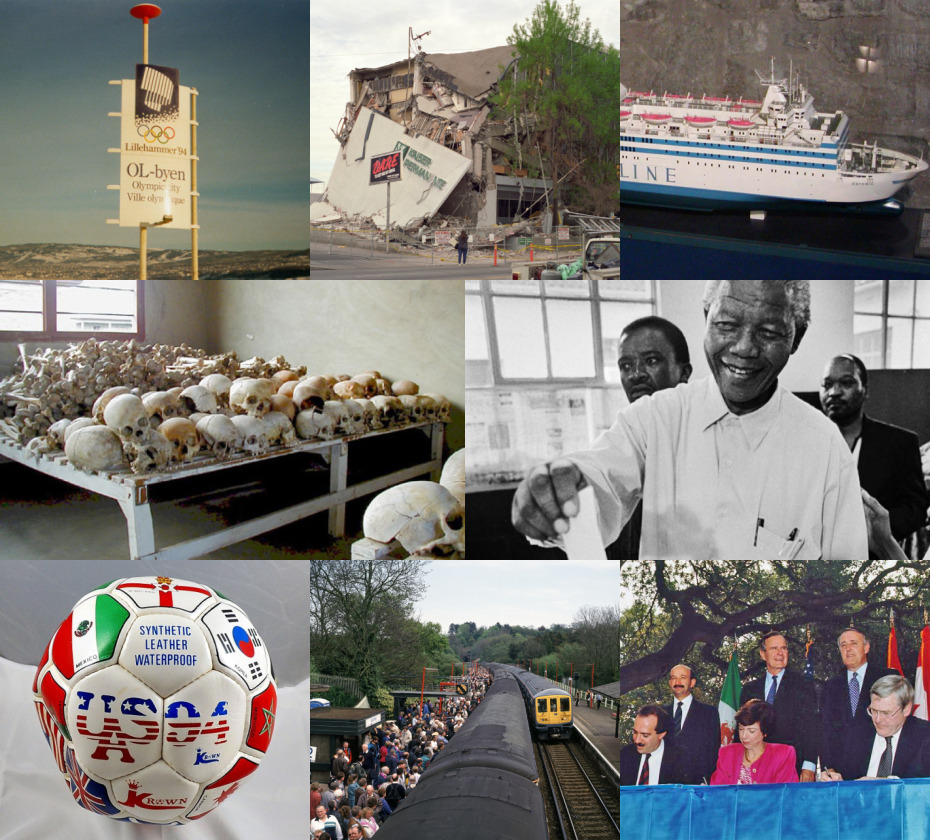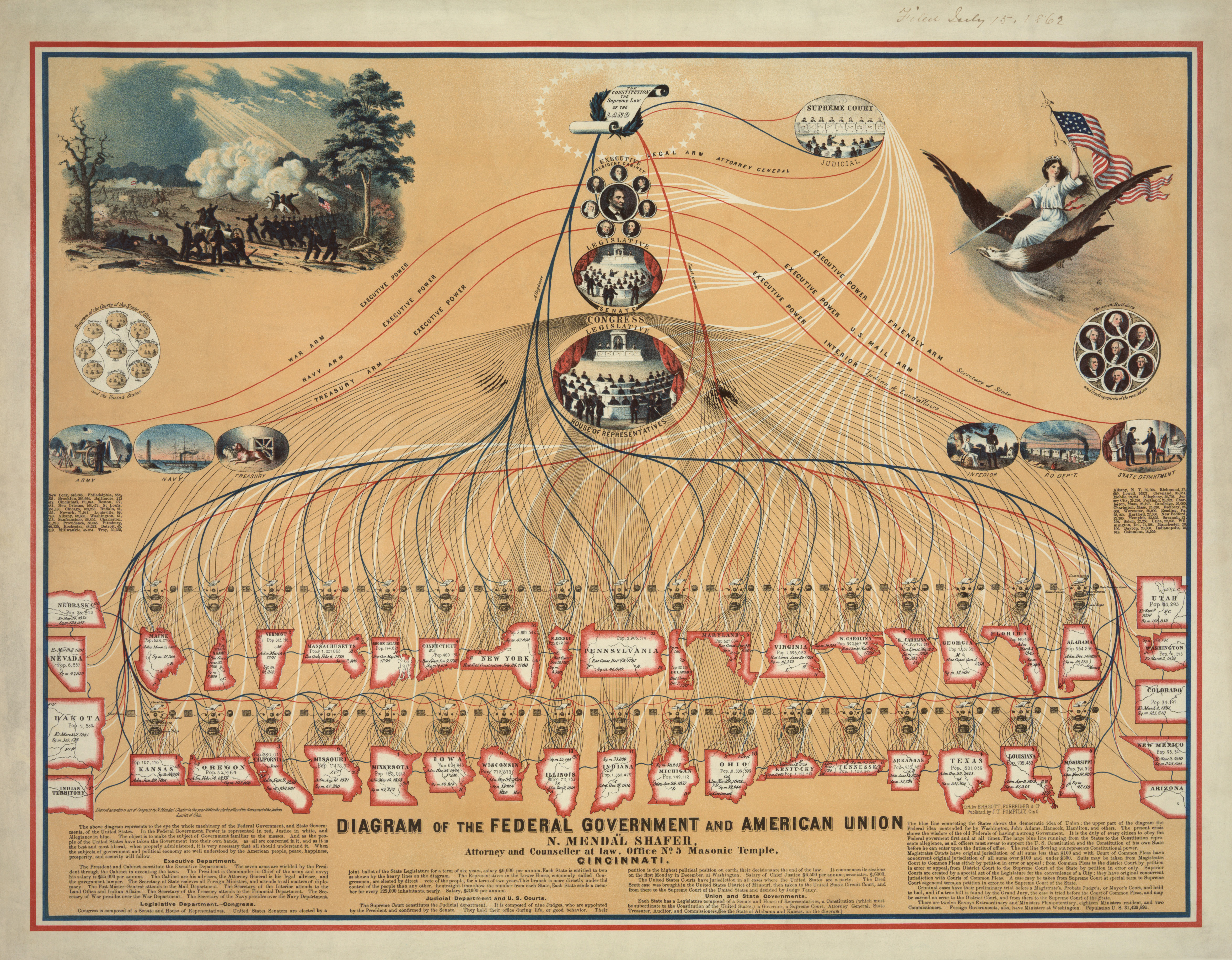|
Business Continuity Institute
The Business Continuity Institute (BCI) was established in 1994 by Andrew Hiles and others, evolving from the Survive Group - a network of disaster recovery and business continuity experts. The Institute's initial vision was to enable individual members to obtain guidance and support from fellow business continuity practitioners. History The BCI's first AGM was held in 1995 in London, becoming an independent organisation in May 1997. It was initially led by John Marsh and then John Sharp. In 2004 the BCI expanded, moving to office space in Caversham, Berkshire under the leadership of new Executive Director, Lorraine Darke. Lorraine continued in this role until September 2016, when she stepped down - being replaced by David Thorp, the current BCI Executive Director. Currently, the BCI is based in Reading, UK, and has over 9,000 members in more than 120 countries. More details of the development of the BCI are available in a timeline listing on the Institute's website. See also * ... [...More Info...] [...Related Items...] OR: [Wikipedia] [Google] [Baidu] |
Business Continuity
Business continuity may be defined as "the capability of an organization to continue the delivery of products or services at pre-defined acceptable levels following a disruptive incident", and business continuity planning (or business continuity and resiliency planning) is the process of creating systems of prevention and recovery to deal with potential threats to a company. In addition to prevention, the goal is to enable ongoing operations before and during execution of disaster recovery. Business continuity is the intended outcome of proper execution of both business continuity planning and disaster recovery. Several business continuity standards have been published by various standards bodies to assist in checklisting ongoing planning tasks. Business continuity requires a top-down approach to identify an organisation's minimum requirements to ensure its viability as an entity. An organization's resistance to failure is "the ability ... to withstand changes in its environmen ... [...More Info...] [...Related Items...] OR: [Wikipedia] [Google] [Baidu] |
John Sharp (Texas Politician)
John Spencer Sharp (born July 28, 1950) is an American Democratic politician from Texas, who has served since 2011 as the chancellor of the Texas A&M University System. From 1991 to 1999, he was the Texas Comptroller of Public Accounts. From 1979 to 1987, he was a member of both houses of the Texas State Legislature. From 1987 to 1991, he was a commissioner of the Railroad Commission of Texas. In 1998 and 2002, he was the Democratic Party's nominee for Lieutenant Governor of Texas. Sharp is also a principal in the Austin office of the Dallas-based Ryan & Company, a tax consulting firm. In 2005, he was appointed as chairman of the Texas Tax Reform Commission. He was appointed by Rick Perry and the Texas A&M University System Board of Regents as the 14th Chancellor of the Texas A&M University System in 2011. He is set to step down from the position on June 30, 2025. Education and early life The son of an oil field worker and a school teacher, Sharp grew up in the small farming c ... [...More Info...] [...Related Items...] OR: [Wikipedia] [Google] [Baidu] |
Caversham, Berkshire
Caversham is a village and suburb of Reading in Berkshire, England, located directly north of Reading town centre across the River Thames. Caversham rises from the River Thames, lying on flood plain and the lowest reaches of the Chiltern Hills one of the few places in Berkshire to be considred part of the Chilterns. Two road bridges, including Caversham Bridge, and two footbridges join Caversham to the rest of Reading. Named areas within the village include Emmer Green, Lower Caversham, Caversham Heights and Caversham Park Village. Notable landmarks include Caversham Court, a public park and former country house; Caversham Lakes; and part of the Thames Path national trail. Recorded as early as 1086, Caversham was a village part of the Henley district of Oxfordshire (it is located around south west of Henley). With the exception of the centre of Caversham and Emmer Green, which were traditional villages, much of the development occurred during the 20th century. In 1911 ... [...More Info...] [...Related Items...] OR: [Wikipedia] [Google] [Baidu] |
Business Continuance Volume
In disk arrays, a business continuance volume (BCV) is EMC Corporation's term for an independently addressable copy of a data volume, that uses advanced mirroring technique for business continuity purposes. Use BCVs can be detached from the active data storage at a point in time and mounted on non-critical servers to facilitate offline backup or parallel computing. Once offline processes are completed, these BCVs can be either: * discarded * used as a source to recover the production data * re-attached (re-synchronized) to the production data again Types There are two types of BCVs: * A clone BCV is a traditional method, and uses one-to-one separate physical storage (splitable disk mirror) ** least impact on production performance ** high cost of the additional storage ** persistent usage * A snapshot BCV, that uses copy on write Copy may refer to: *Copying or the product of copying (including the plural "copies"); the duplication of information or an artifact **Cut, co ... [...More Info...] [...Related Items...] OR: [Wikipedia] [Google] [Baidu] |
Business Continuity
Business continuity may be defined as "the capability of an organization to continue the delivery of products or services at pre-defined acceptable levels following a disruptive incident", and business continuity planning (or business continuity and resiliency planning) is the process of creating systems of prevention and recovery to deal with potential threats to a company. In addition to prevention, the goal is to enable ongoing operations before and during execution of disaster recovery. Business continuity is the intended outcome of proper execution of both business continuity planning and disaster recovery. Several business continuity standards have been published by various standards bodies to assist in checklisting ongoing planning tasks. Business continuity requires a top-down approach to identify an organisation's minimum requirements to ensure its viability as an entity. An organization's resistance to failure is "the ability ... to withstand changes in its environmen ... [...More Info...] [...Related Items...] OR: [Wikipedia] [Google] [Baidu] |
Organizations Established In 1994
An organization or organisation (Commonwealth English; see spelling differences) is an entity—such as a company, or corporation or an institution (formal organization), or an association—comprising one or more people and having a particular purpose. Organizations may also operate secretly or illegally in the case of secret societies, criminal organizations, and resistance movements. And in some cases may have obstacles from other organizations (e.g.: MLK's organization). What makes an organization recognized by the government is either filling out incorporation or recognition in the form of either societal pressure (e.g.: Advocacy group), causing concerns (e.g.: Resistance movement) or being considered the spokesperson of a group of people subject to negotiation (e.g.: the Polisario Front being recognized as the sole representative of the Sahrawi people and forming a partially recognized state.) Compare the concept of social groups, which may include non-organi ... [...More Info...] [...Related Items...] OR: [Wikipedia] [Google] [Baidu] |
1994 Establishments In The United Kingdom
The year 1994 was designated as the "International Year of the Family" and the "International Year of Sport and the Olympic Charter, Olympic Ideal" by the United Nations. In the Line Islands and Phoenix Islands of Kiribati, 1994 had only 364 days, omitting December 31. This was due to an adjustment of the International Date Line by the Kiribati government to bring all of its territories into the same calendar day. Events January * January 1 ** The North American Free Trade Agreement (NAFTA) is established. ** Beginning of the Zapatista uprising in Mexico. * January 8 – ''Soyuz TM-18'': Valeri Polyakov begins his 437.7-day orbit of the Earth, eventually setting the world record for days spent in orbit. * January 11 – The Irish government announces the end of a 15-year broadcasting ban on the Provisional Irish Republican Army and its political arm Sinn Féin. * January 14 – U.S. President Bill Clinton and Russian President Boris Yeltsin sign the Kremlin accords, which ... [...More Info...] [...Related Items...] OR: [Wikipedia] [Google] [Baidu] |
Organisations Based In Reading, Berkshire
An organization or organisation (Commonwealth English; see spelling differences) is an entity—such as a company, or corporation or an institution (formal organization), or an association—comprising one or more people and having a particular purpose. Organizations may also operate secretly or illegally in the case of secret societies, criminal organizations, and resistance movements. And in some cases may have obstacles from other organizations (e.g.: MLK's organization). What makes an organization recognized by the government is either filling out incorporation or recognition in the form of either societal pressure (e.g.: Advocacy group), causing concerns (e.g.: Resistance movement) or being considered the spokesperson of a group of people subject to negotiation (e.g.: the Polisario Front being recognized as the sole representative of the Sahrawi people and forming a partially recognized state.) Compare the concept of social groups, which may include non-organiza ... [...More Info...] [...Related Items...] OR: [Wikipedia] [Google] [Baidu] |

